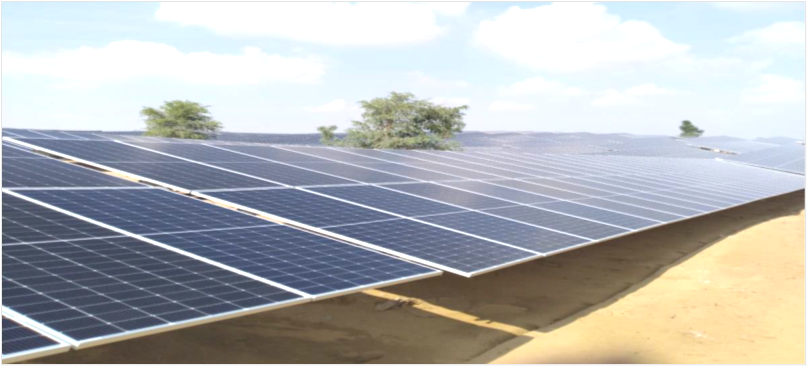
Indian solar installations increased by over 400% in the first quarter of 2024 to the highest quarterly deployment levels in its history.
Over 10GW of new solar capacity came online from January through March this year, a 400% year-on-year (YoY) increase from 2GW in Q1 2023 and a 414% sequential increase from just under 2GW in Q4 2023. These figures are according to Mercom Capital, an Indian market research firm.
Try Premium for just $1
- Full premium access for the first month at only $1
- Converts to an annual rate after 30 days unless cancelled
- Cancel anytime during the trial period
Premium Benefits
- Expert industry analysis and interviews
- Digital access to PV Tech Power journal
- Exclusive event discounts
Or get the full Premium subscription right away
Or continue reading this article for free
For comparison, JMK Research – another solar market analyst – found earlier this year that India installed approximately 10GW of solar PV in the whole of 2023.
Of the 10GW-plus installed in Q1, large-scale projects accounted for 9.7GW, Mercom said. This marks a 534% increase in large-scale deployments YoY, following disappointing large-scale numbers in of 2023. The remaining capacity, around 4%, was rooftop solar.
The states of Rajasthan and Gujarat dominated the new capacity with 38% and 35%, respectively. Rajasthan now accounts for 29% of India’s total cumulative solar capacity to March 2024, Mercom said, followed by Gujarat and Karnataka with 14% each. The nationwide cumulative capacity stood at 82GW as of March.
The increase in deployments has already been noted; Rystad Energy published figures last month showing that India installed a “record” 6.2GW of PV capacity in March 2024 alone.
Mercom attributed the increase to four primary factors: the suspension of the Approved List of Models and Manufacturers (ALMM) legislation; projects coming online after delays in previous quarters; falling global module prices and grid approvals for projects in the habitat of the Great Indian Bustard, an endangered bird.
The government suspended the ALMM in March 2023 to address the country’s lagging utility-scale solar deployments. The programme dictates which solar modules and manufacturing companies are allowed access to the Indian market, a plan designed to boost domestic manufacturing capacity but which ultimately contributed to module shortages.
Mercom also pointed to the global reduction in module prices, which contributed to the “average cost of large-scale solar projects” falling by “7% quarter-on-quarter and 28% YoY, significantly improving the internal rate of return on these projects.” PV Price Watch reported that n-type module prices dropped below RMB1/watt on 6th December 2023, the culmination of a year that saw consistently falling prices across the supply chain.
In 2023, analysts identified a lack of government tenders as a hindering factor for large-scale PV deployments. This began to change over the course of the year, with a report this month showing that the government tendered 70GW worth of renewables in the financial year 2024, half of which was solar PV.
The last factor on Mercom’s list concerns the Great Indian Bustard, an endangered native bird whose habitat is largely concentrated in Rajasthan and Gujarat. Indian media reported earlier this year that the government was planning to open up “non-core” areas of the Bustard’s habitat to solar, wind and transmission projects.






